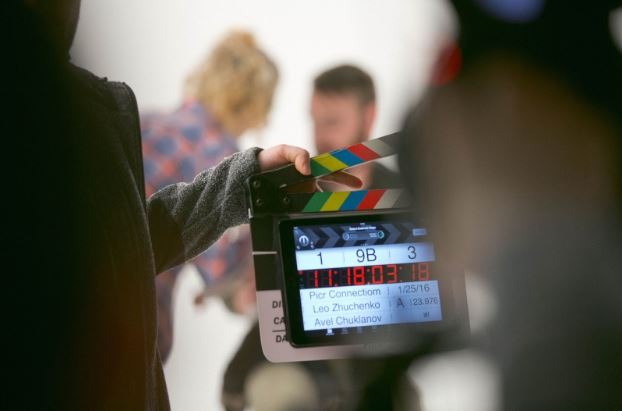What is the Role of Architecture in Film Studio Design?
Architecture is fundamental in the design of film studios since it aids in creating the environment required for the film production process. The filmmaking crew may gain from a secure and friendly work atmosphere in a well-designed film studio, boosting productivity and creativity.
1. One of the Most Crucial Elements of Studio Design is the Utilization of Space
Studios like one of the film studio NYC offer a lot of area for staging and storage, as well as for filming sets, props, and equipment. While planning the studio’s layout, the production flow must also be taken into account. Moving people and equipment between areas ought to be simple.
2. Another Crucial Factor is Lighting
Given how crucial lighting is to the movie-making process, natural and artificial lighting should be considered while constructing a film studio. A studio with enough lighting points can encourage collaboration and help elevate the movie’s tone and setting.
3. While Planning a Movie Studio, Sound is Another Crucial Factor
Together with providing soundproofing for the interior, the studio should be built to minimize outside noise and vibrations. It could make checking for the absence of distracting background noise and the sound quality of the music easier.
A film studio’s design also considers ventilation, climate control, and safety features. Comfortable working conditions necessitate climate control and ventilation, as do safety features that safeguard equipment and employees. In most cases, the layout of a film studio has a significant impact on creating the ideal setting for filmmaking. It should be painstakingly arranged and completed to address the issues of the movie producers and give a protected, agreeable, and imaginative setting for the creation group.
The Role of Ambiance: Different Factors to Consider
Ambiance can enhance the whole experience and leave a lasting impression on a visitor, whether in a home, restaurant, or retail establishment.
1. Lightning
It can set the mood and tone, whether a location is ‘lively and bright’ or ‘calm and cozy.’ You can produce several effects, such as emphasizing specific areas of the environment or generating the appearance of depth. Conversely, warm lighting may give a room a homey, cozy feel, and cool lighting can give it a sleek, modern look.
2. Color
It is another essential component in mood-setting. Peace is related to the color green. Red, vitality, and passion are connected with red, whereas tranquility and peace are associated with blue. A wall or a piece of furniture might feature color brightly, or it can be employed subtly in accents and accessories.
3. Texture
The texture has an impact on mood as well. Many feelings, such as coolness and sleekness, as well as coziness and comfort, can be evoked by texture. If a place uses a variety of textures, such as cloth, metal, or wood, it may have depth and mystery.
4. Sound
It is a crucial component of ambiance. Depending on the style and volume of the music, sound effects may improve and increase the realism of the experience. The ambiance of a location may be changed by adding sound effects, music or even just by remaining silent.
5. Smell
It is possible to use fragrance to uplift the atmosphere of a location, comfort individuals, or induce serenity. Not to mention, the scent significantly affects how people feel. For instance, the aroma of freshly baked cookies or the perfume of a pine forest may invoke emotions and memories.
Setting the correct mood typically necessitates rigorous attention to detail and a clear understanding of the desired outcome once the film steps into the post production stage. While employing the components, preparation, and communication are necessary.
End Note
In conclusion, film studios’ design must consider the importance of creating an atmosphere. Architecture plays a crucial role in establishing the space’s mood and atmosphere, which can boost the filmmaking team’s creativity and output.
For a film studio to meet the needs of the filmmakers and provide a safe, comfortable, and creative environment for the production team, careful planning and execution are required. In addition to areas for staging and storage, the studio needs ample space for filming sets, equipment, and props.
Lighting is basic in film creation, and the studio plan ought to consider the requirement for normal light and counterfeit lighting. Soundproofing is additionally fundamental to safeguard the nature of the film’s soundtrack and limit undesirable foundation clamor.
A well-designed film studio can improve the film’s overall quality and make an impression on the audience that lasts. Ventilation, climate control, and safety features are additional considerations in the design of a film studio. The crew and equipment can be safeguarded by these features, providing a pleasant working environment. In a nutshell, architecture’s role in the design of film studios is to create an atmosphere that encourages creativity, productivity, and safety while supporting the filmmaking process.

